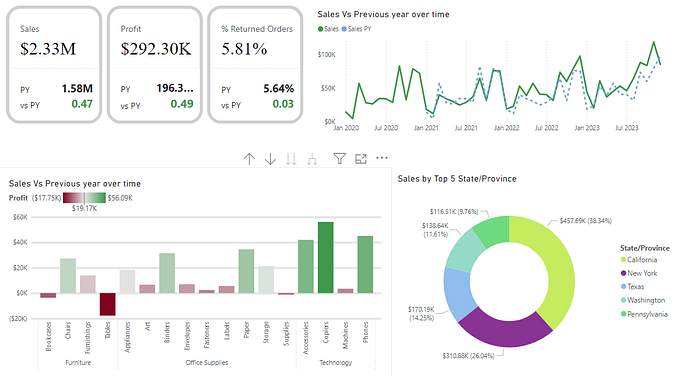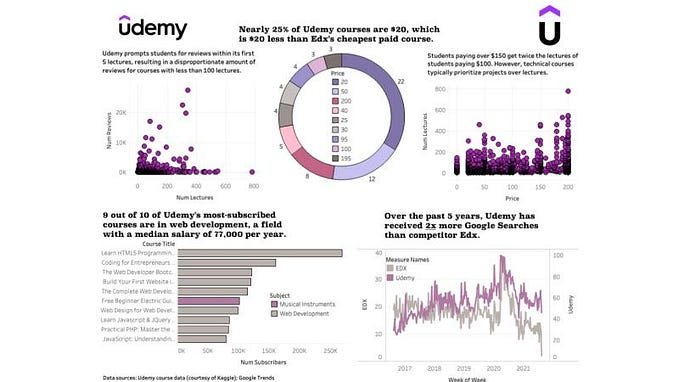A Beginner’s Guide to Tableau Blending
A Guide to Blending Diverse Data Sources for Powerful Visualizations
Blending is a nifty feature in Tableau that lets you combine data from different sources to create powerful visualizations. It’s like mixing ingredients to create a tasty dish — in this case, data ingredients!
What is Blending in Tableau?
Imagine you have two separate datasets: one with sales data from your online store and another with customer information. Blending allows you to connect these datasets without merging them into one big file. It’s like having two puzzle pieces that fit together perfectly, even though they come from different boxes.
But first, make sure to subscribe to my newsletter!
Click on the link below & I’ll send you simplified complex Data Science/ML, Analyst, and statistics topics through articles and tips.
Ready? Let’s get straight to it. You’ll thank me later!
Why is Blending Useful?
Blending is handy when your data lives in separate places or when combining it would be too messy. For example, you can blend sales data with customer data to see which products are popular among specific customer groups.
How Does Blending Work?
Let’s start with a simple example using two sets of data: Sales Data and Customer Data.
Step One:
First, bring in the Customer Data into Tableau.

Step Two:
Now, to include the Sales Data, click on “New Data Source” and import it.
Continue with the Article here!
Click on the link below to read the full article on A Beginner’s Guide to Tableau Blending







